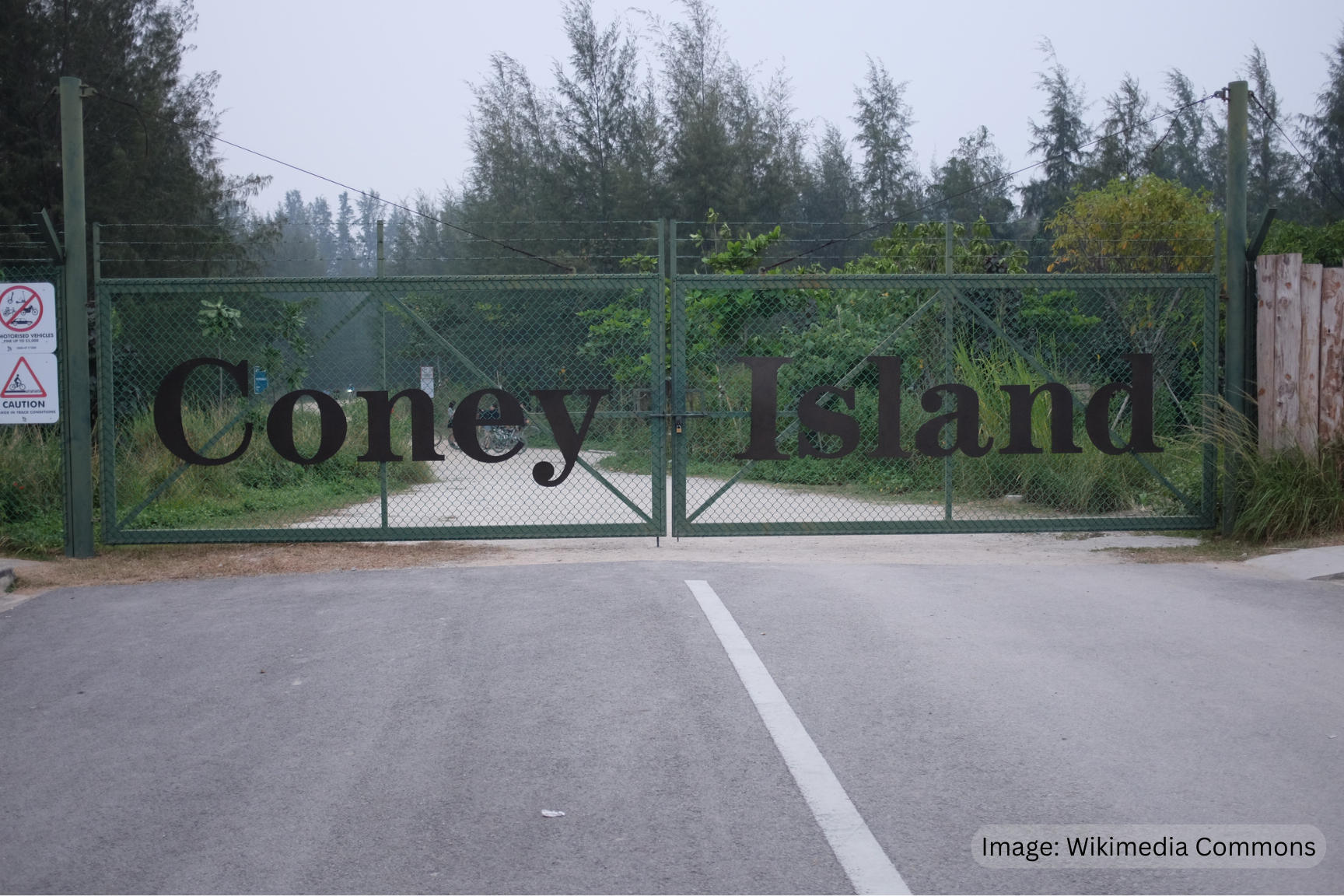Coney Island

Before the government acquired it in 1972, Coney Island, also known as Pulau Serangoon, had multiple owners from the 1930s. From the 1930s to 1940s, Aw Boon Haw and Aw Boon Par, the brothers behind the Tiger Balm brand, transformed the original 13-hectare island into a resort called Haw Par Island. They built a 600-square-metre bungalow, which still stands today in the central part of Coney Island as the Haw Par Beach Villa. In 1950, businessman Ghulam Mahmood purchased the island from the brothers in a bid to develop Singapore’s first “island health resort”, introducing leisure activities to Coney Island such as swimming, boating, skating rinks and even cottages for honeymooners and family holidays. But just three years later, the island was up for auction. The island was later owned by a Thai businessman who tried to sell Coney Island without success.
After acquiring Coney Island with the intention to develop it, the government announced plans to transform it into a recreation destination. However, leisure activities were limited to camping and fishing due to the inconvenience to reach Coney Island - visitors had to take a half-hour boat ride from Punggol Point to reach the island. Worsened by both sea and air pollution, public’s interest in Coney Island dwindled.
In the 1980s, the government’s vision to further connect Coney Island to the mainland met with resistance due to worries of the island losing its natural charm. It was only in the 1990s that the southern part of Coney Island was extended as part of the Punggol 21 plan, which included the creation of a park. In doing so, the channel between Punggol and Coney Island narrowed from 200 to 100 meters, and the body of water created was converted into Serangoon Reservoir in 2007.
Fast forward to today, Coney Island spans 100 hectares, seven times its original area! The park is built on principles of environmental sustainability, featuring zero-energy, solar-powered toilets that use rainwater for flushing and hand washing, and park structures such as benches and boardwalks made from recycled Casuarina timber. Additionally, the island's five beaches and greenery were left uncleared to encourage natural growth, resulting in an increasingly abundant biodiversity. Look out for critically endangered species, such as the spotted wood-owl and black-crowned night-heron, and spot migratory birds at one of the island’s five bird-watching hides!
As a vibrant and ecological sustainable green space rich in biodiversity, Coney Island is an example of how nature can be anyone’s playground. Whether you are visiting as a family, a fitness enthusiast, a photographer, or perhaps even a birdwatcher, there is bound to be an activity for you! Rent a bike, take a slow walk through the dense canopy, and maybe even take some ethereal photos at the lalang field in the park! These interactions show the symbiotic relationship between humans and nature, where we rely on nature's resources and help sustain it in return.
What are some actions we can take to protect this relationship? For example, families can teach children the importance of conservation during their visits, instilling respect for the environment at a young age. Photographers and birdwatchers not only capture the beauty of the island but can also use this opportunity to raise awareness of its ecological value through their work. Individuals can also volunteer for basic gardening skills to enhance the greenery in Coney Island Park.
Our use of Coney Island for recreation, education, and relaxation illustrates how urban development and natural preservation can coexist. It is a reflection of our respect for nature and commitment to build a liveable and sustainable spaces even as we develop the urban environment.
As Singapore continues to intensify nature in our parks, every individual’s
support and involvement count. How do we wish to coexist sustainably with
nature, and what can we do as individuals to ensure harmony between the
natural and built environment?
Visit ConnexionSG Facebook and
Instagram
for more content.

